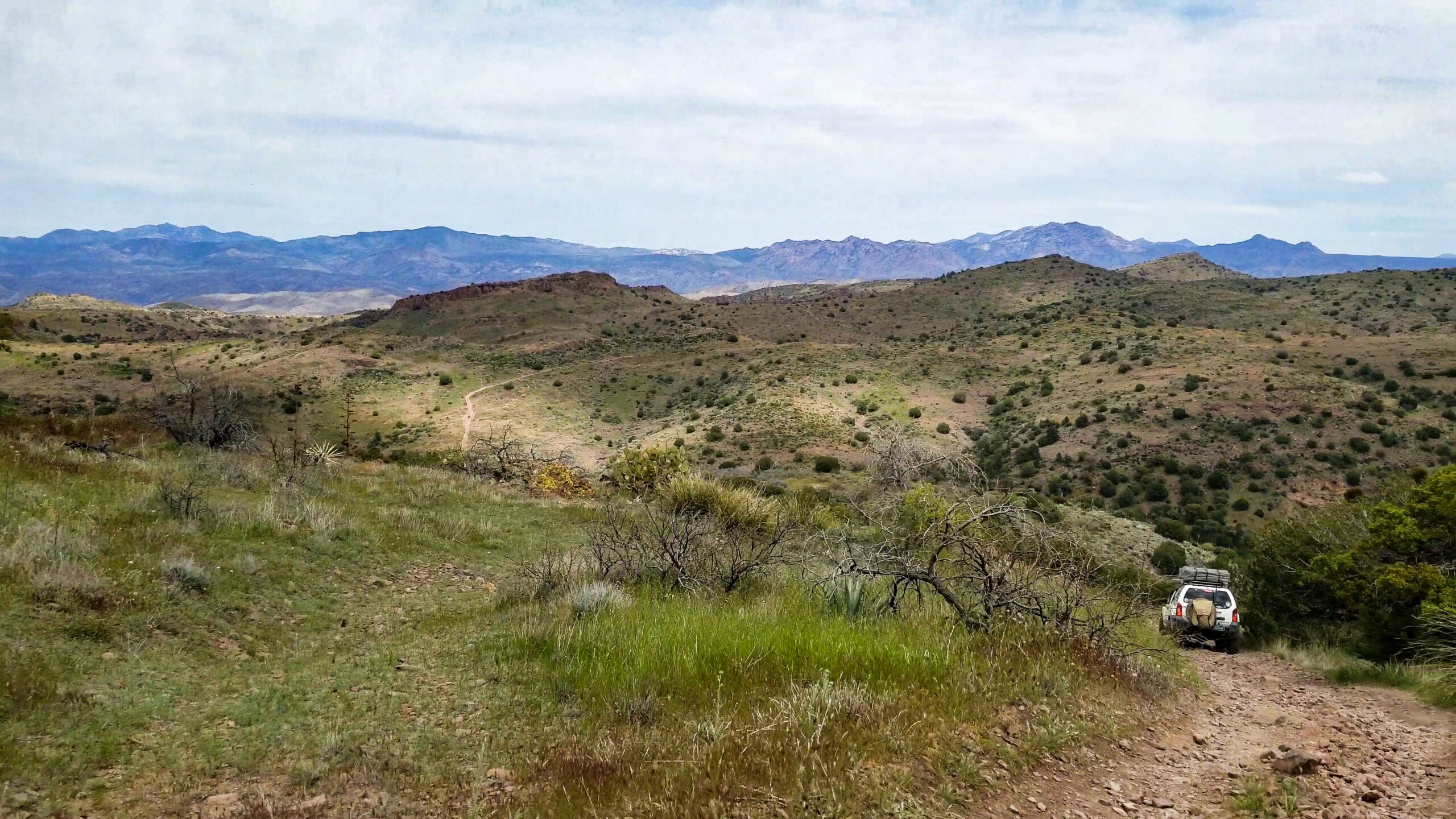Your cart is currently empty!
Posted in
Bureau of Reclamation which manages river operations of the Colorado river that feeds Lake Powell and Lake Mead are accepting public comment on the Glen Canyon Dam Long-Term Experimental and Management Plan Draft Supplemental Environmental Impact Statement. Bureau of Reclamation (BOR) is worried the low water levels of Lake Powell are increasing the water temperature below Glen Canyon Dam and allowing smallmouth bass to spawn and spread in the Colorado River. “Reclamation has concluded that the potential impacts from smallmouth bass pose an unacceptable risk to threatened and endangered species below the dam.” Bass is a predator of the humpback chub which BOR is aiming to protect with this plan. BlueRibbon Coalition supports Alternative 6 the Non-Bypass Alternative as it best addresses the concerns of BOR as well as protects recreation interests on Lake Powell.
Full Briefing
BOR has given six action alternatives for the public to give feedback on. Alternative one is the current management strategy that allow Experimental High Flows if the predicted water elevations permit.
According to BOR, “reduction in water elevation increases the likelihood of nonnative fish, such as smallmouth bass, being entrained, passing through the dam, and entering the Colorado River downstream.” Smallmouth bass spawn in water temperatures of 60 degrees Fahrenheit or higher. Because of this, spawning typically occurs middle of May. However BOR is concerned if water temperature below Glen Canyon Dam reach 60 degrees, the fish will spawn, spread and threaten the protected Humpback Chub. Therefore BOR is looking to take preventative measures with this plan in order to prevent spawning, IF smallmouth bass do in fact enter the Colorado River below Glen Canyon Dam.
This plan, “Includes a proposal to change implementation of High-Flow Experiment (HFE) releases”. High flow experimental releases have occurred in years past yet, smallmouth bass have still been found beyond the dam, making one question how effective HFE releases are.
Alternative 1: no action, BOR will continue with the current plan of HFE releases based on predicted water elevations.
Alternative 2: cool mix. This plan would be based off a month by month basis would release through penstocks and the river outlet to ensure water temps below 60. It is unclear if BOR will base water temperatures from river mile 15 or mile 61.
Alternative 3: “up to three 8-hour flow spikes could be implemented if sufficient water is available” during flow spikes, as much water as possible would be released.” This alternative would also be based off water temperatures reaching 60 degrees.
Alternative 4: cold shocks will be released at 55 degrees rather than 60 degrees. These cold shocks will be anticipated on a weekly scale. Cold shocks are meant to cool the river down to prevent spawning of smallmouth bass. “Cold shocks were simulated to occur throughout the entire month if smallmouth bass flows were triggered before the halfway mark of a month. If triggered after the halfway mark, simulations began in the subsequent month.”
“Upon triggering, cold shocks could be executed every weekend for up to a total of 12 weekends, each lasting 48 hours”
Alternative 5: Cold Shock with Flow Spike Alternative. Water would be released through the river outlet works for a minimum of 48 hours to induce a cold shock downstream to either Lees Ferry or the Little Colorado River. In addition, up to three 8-hour flow spikes could be implemented releasing as much water possible within the time period if sufficient water is available.
Alternative 6: Non-bypass alternative: “The Non-Bypass Alternative proposes a hydrograph centered on strategically employing substantial river stage changes that are targeted along the Lees Ferry reach to disrupt smallmouth bass nests and spawning activities below Glen Canyon Dam. This alternative consists of a once-weekly, short- duration, low-flow release immediately followed by a short-duration high flow. The low-flow release is meant to dewater shallow nesting areas along shorelines or in backwaters and sloughs. The high- flow release is meant to increase water velocities in nesting areas in deeper habitats that are not dewatered during the low flow.”
Tags:
You may also like…

Visit the AZBackroads.com Store

Please Become A Member
We need your help to keep our backroads open. Please join today!







